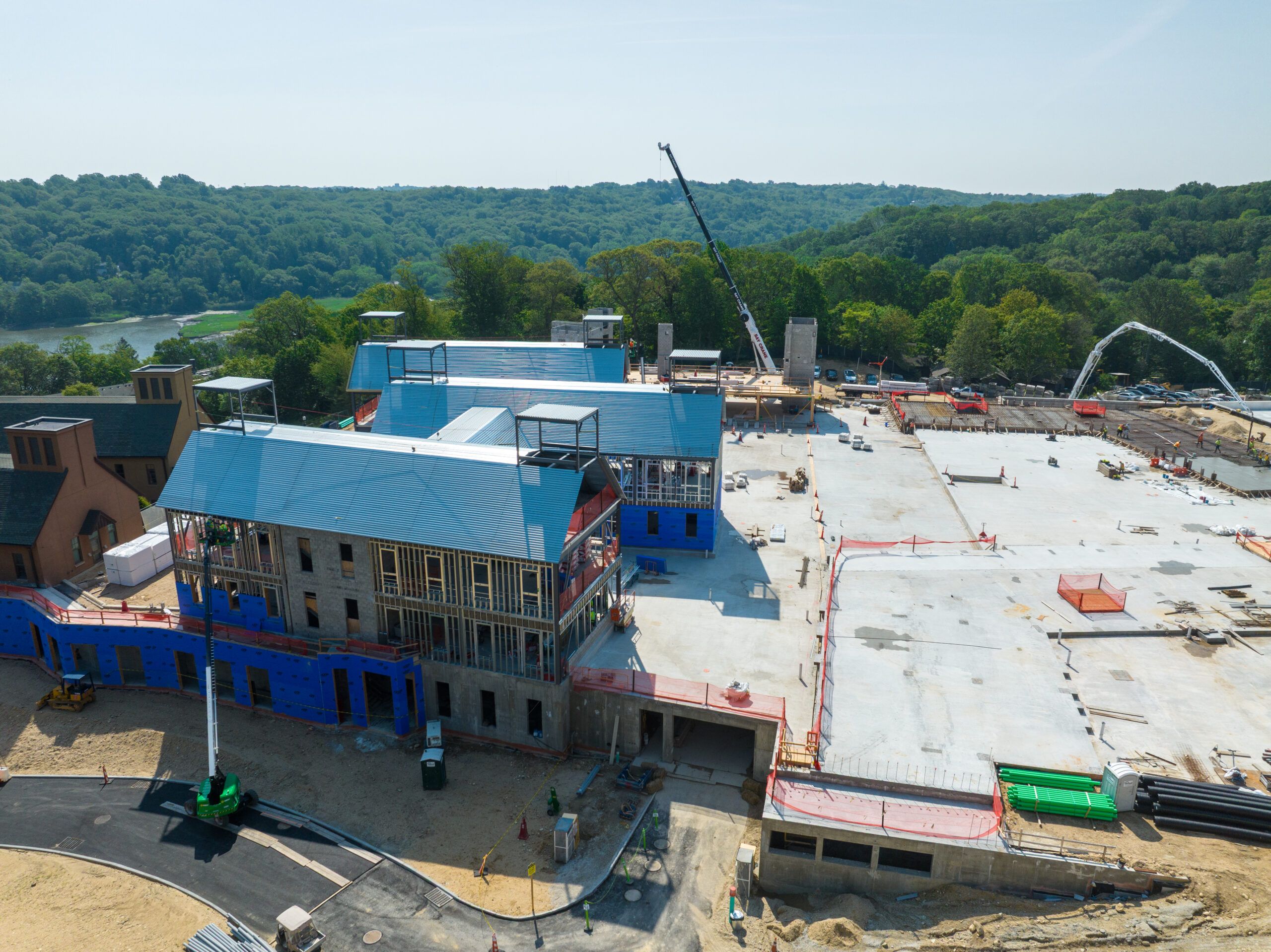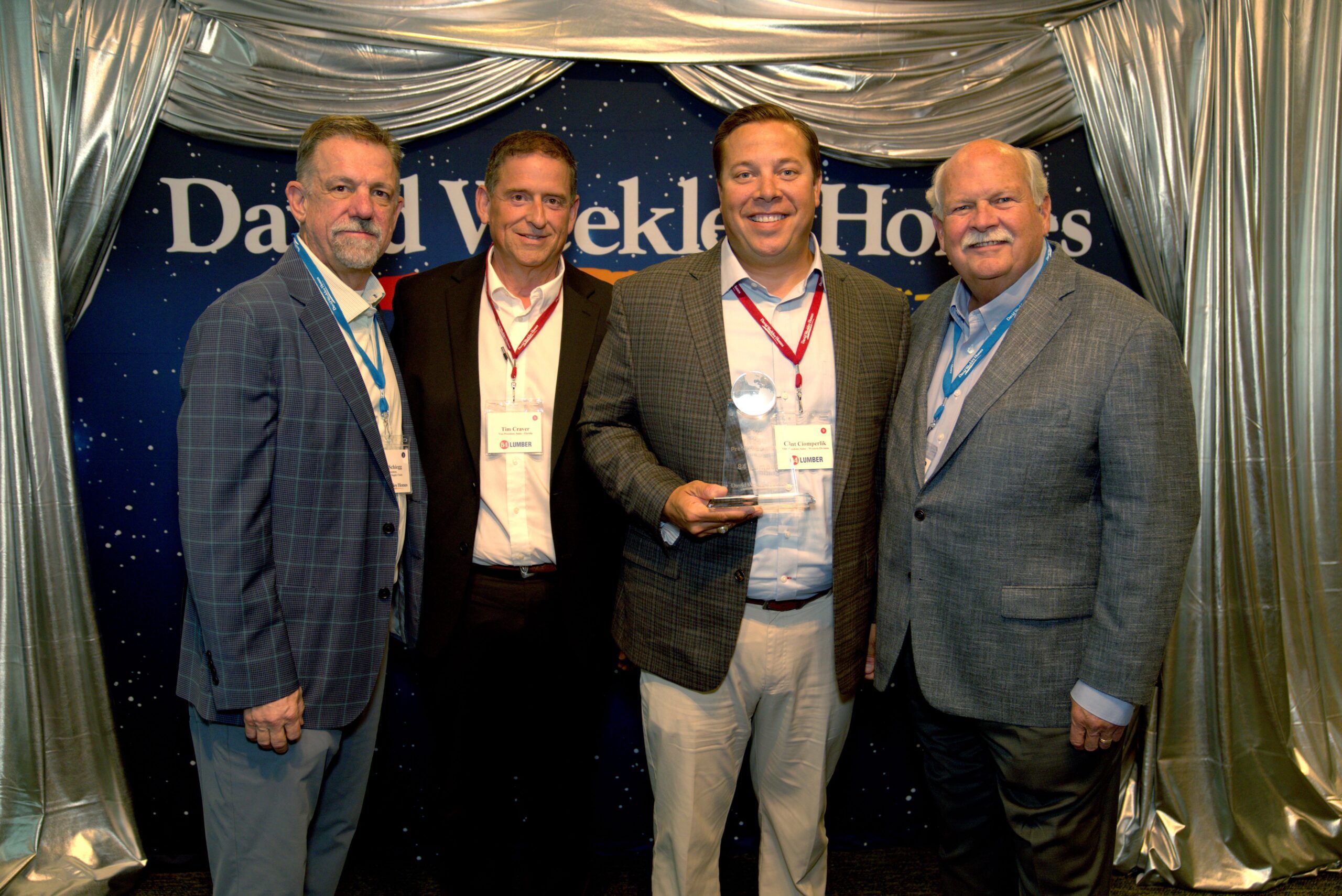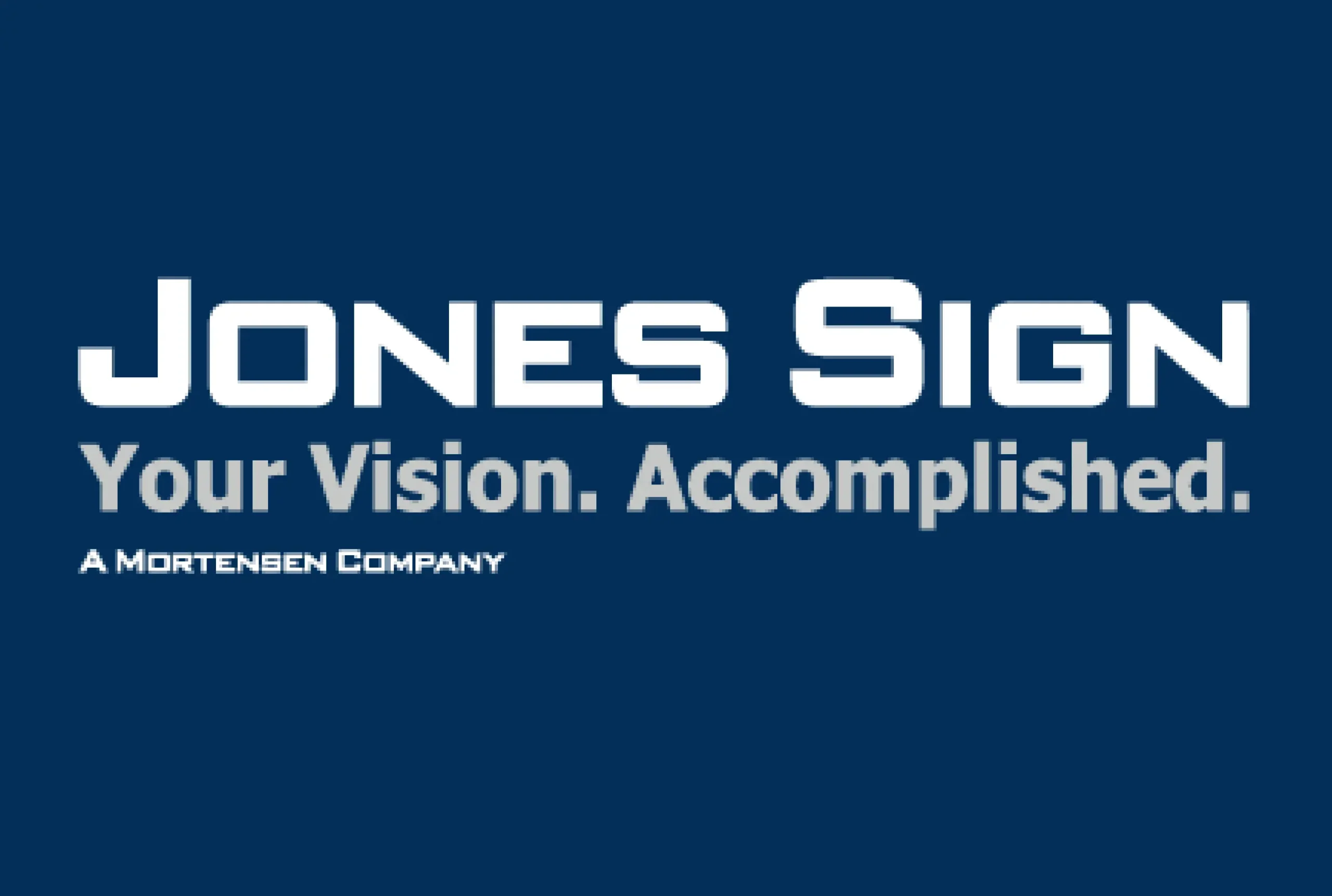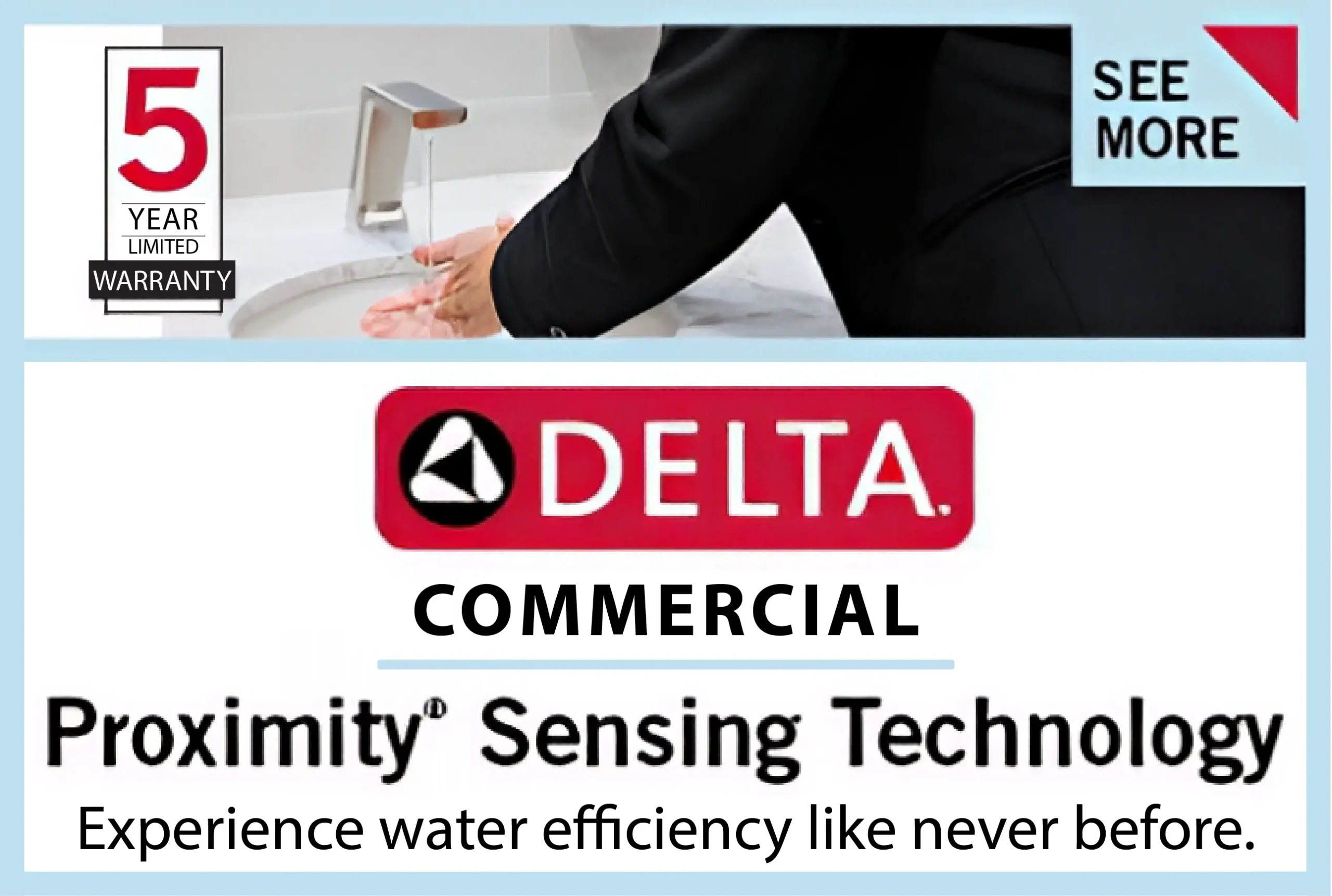Loading docks are only as strong as their weakest component, and with the traffic most loading docks see on a daily basis, upkeep of those components is crucial.
Dock levelers, seals, and bumpers are all mission-critical for any commercial facility receiving and sending out regular shipments.
When these parts wear out, break down, and eventually fail, small issues can quickly spiral into equipment downtime, safety hazards, and costly disruptions.
So, spotting early failure signs becomes of utmost importance in order to avoid emergency replacements and to extend the life of your dock infrastructure.
Let’s get into the key components and just what you might need to look out for.
1. Dock Levelers
What It Is
Dock levelers bridge the vertical gap between a facility’s loading dock and trailer beds. They’re the platform, either mechanical or hydraulic, that ensures forklifts and pallet jacks can move safely between the platform and the truck.
Without them, dock access becomes unstable, unsafe, or even completely unusable.
Typical Lifespan
- Mechanical levelers typically last 5–7 years.
- Hydraulic models can last 10+ years with regular maintenance.
- Replacement timelines depend heavily on use cycles, climate conditions, and maintenance frequency.
Early‑Failure Indicators
- Hydraulic oil leaks near cylinders or pumps.
- Sluggish or uneven lifting/lowering during operation.
- Visible damage like bent lips, cracked welds, or platform warping.
- Dock leveler springs that fail to retract or stay locked into place properly.
Leveler issues often go unnoticed until a trailer is already docked, which makes it critical to inspect these areas during off-hours.
Replacement & Cost
- Replacing a hydraulic dock leveler ranges from $5,000 to $15,000, depending on size and model.
- Mechanical units cost less upfront but may require more frequent part replacements.
- Taking a dock bay offline for a day can translate into $500 to $1,000 in lost labor and delayed shipments, especially in high-volume distribution centers.
Preventative Maintenance
- Clean the dock pit regularly to prevent debris buildup.
- Lubricate pivot points every 3 months.
- Conduct regular raise/lower tests and monitor performance against manufacturer specifications.
- Use a CMMS (computerized maintenance management system) to track cycle counts and plan part replacements ahead of failure.
2. Dock Seals & Shelters
What They Do
Dock seals and shelters prevent air, water, pests, and contaminants from entering the facility when a truck is parked.
Seals are thick foam pads that compress against the trailer, while shelters use a frame and curtain system to wrap around the trailer’s perimeter.
They’re essential for maintaining indoor air quality, reducing HVAC strain, and meeting certain cleanliness or food safety standards.
Typical Lifespan
- Foam dock seals typically last 3 to 5 years.
- Dock shelters, with fewer moving parts and better structural materials, can last 10 to 20 years with consistent care.
- Replacement timing often depends on trailer traffic volume and how aggressively drivers back in.
Early‑Failure Signs
- Daylight or drafts around the dock door.
- Crushed foam that no longer rebounds or makes full contact with trailers.
- Tears or rips in vinyl covers from scraping trailers.
- Water stains or rust around pit walls are signs of seal failure, allowing water intrusion.
- Increased heating or cooling bills, a subtle but costly sign that your sealing system isn’t airtight.
Replacement & Cost
- Prices range from $3,000 to $30,000 per door, depending on shelter type, projection depth, and material grade.
- Facilities with poor seals may experience annual energy losses in the thousands of dollars per door, not including the operational headaches from weather exposure.
Preventative Maintenance
- Conduct monthly visual inspections during daylight to check for seal gaps.
- Wash seals regularly to remove grime and debris that degrade material integrity.
- Install steel trailer guides and make sure trailers are docking properly without compressing seals unevenly.
- Patch small tears quickly before they grow and cause total failure.
3. Dock Bumpers
What They Do
Dock bumpers protect the building and equipment from trailer impacts.
Without effective bumpers, a misaligned or forceful trailer can cause structural damage to walls, dock levelers, and seals.
They’re quite simple, but are also essential for long-term dock protection.
Typical Lifespan
- Most bumpers should be replaced when the rubber is worn down 50% or when steel brackets bend or shift out of alignment.
- Higher‑quality laminated bumpers can last longer, especially when placed at the correct height and used with wheel chocks or trailer restraints.
Early‑Failure Signs
- Rubber blocks gouged deeper than 2 inches.
- Missing laminations, especially the front layers that take the most abuse.
- Trailer contact marks above or beside the bumper, indicating incorrect dock approach or bumper height.
- Loose anchor bolts, sagging brackets, or steel backing visibly bent.
You will risk shortening the life of adjacent equipment if you ignore bumper wear, as well as increasing the risk of impact damage from trailers.
Replacement & Cost
- Basic laminated bumpers cost $70 to $130 each.
- Premium steel-faced or molded models can reach $300-$560, depending on size and style.
- A single trailer strike against an unprotected dock face can cause $5,000+ in structural or equipment damage.
Preventative Maintenance
- Use bumpers with correct projection depth to accommodate the dock/trailer gap.
- Install double bumpers at different heights for facilities receiving multiple trailer types.
- Tighten bolts and inspect mounting plates quarterly to ensure a secure fit.
- Consider steel-faced bumpers for high-volume bays, as they last significantly longer under aggressive use.
Maintenance Cheat Sheet
| Frequency | Task |
| Daily | Walk-around checks: look for damage to seals, levelers, bumpers |
| Weekly | Test leveler function and watch for slow lifts or sticking points |
| Monthly | Inspect dock seals for tears, daylight, and foam compression |
| Quarterly | Lubricate leveler pivots, clean bumpers, check bolt tightness, and inspect levelers |
| Annually | Replace worn seals, bumper pads, or springs, and order replacement parts before failure |











